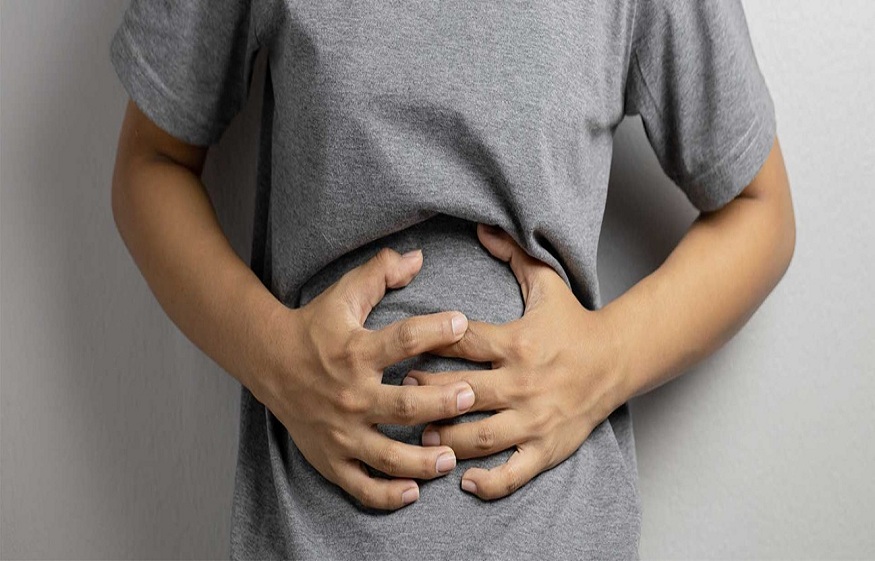Definition
An ileostomy is a surgical technique by which the ileum (the final part of the small intestine) is communicated to the outside through the abdomen.
What is an ileostomy like?
The ileostomy is the surgical technique in which the small intestine is communicated in its final part to the skin. It is used so that, through this new outlet called the stoma (it is the communication to the outside of the intestine towards the abdominal wall), waste from the body is discharged abroad when it cannot be carried, for different reasons, through the natural route (large intestine or colon, rectum and anus).
An incision is made in the abdominal wall, and the intestine is communicated to the outside. The ileum (part of the small intestine) will be sewn to the skin, and, later, a bag will be placed over this stoma to collect waste from the body in the form of faeces.
Who is it indicated for?
The ileostomy is indicated for people who, for various reasons, have damage to the large intestine, and it has to be removed. If only the colon is removed, the ileostomy will be temporary, and then the stoma can be removed and the small intestine connected to the rectum again. If the rectum also has to be removed, the ileostomy will be an irreversible and definitive surgery.
Why is it done?
The ileostomy is performed to rest a part of the large intestine and the rectum (final part of the intestine), or when the colon is removed, being, in this case, definitive since the small intestine is not long enough to be able to communicate with the colon. Year, which is why you have to exit to the outside of the body through the stoma.
It can be performed in cases of malignant tumours or diseases with very severe intestinal inflammation, also in the case of necrosis (death of a part of the organism) of the colon due to lack of blood supply.
Risks of an Ileostomy
- The risks of an ileostomy are those of significant surgery: first, there may be bleeding. We have to understand that before the ileostomy, part or all of the large intestine may have to be removed, which increases the risks. Another risk is infectious processes in the abdominal cavity or suture areas.
- Also, in later stages, dehydration is due to fluid loss in greater quantity than expected through the ileostomy.
- In some cases, malnutrition may occur in the patient due to poor absorption of the nutrients you eat.
- Complications can also occur in the skin of the stoma; your medical team and nursing will give the patient the appropriate instructions for proper hygiene of the area and to keep it in optimal conditions.
Preparation
- The preparation of the ileostomy is associated with a study for major surgery, with analysis, electrocardiogram and a visit to the anesthesiologist.
- The patient should not take anti-inflammatories drugs days before surgery. You should tell your doctor if you take anticoagulant drugs so that appropriate measures can be taken to ensure bleeding control during surgery.
- In this type of surgery, in addition to the previous 12-hour fast, a fibre-rich diet for at least a week. The day before, you can only eat fat-free broth and liquids, not having to eat any other type of food.
- It is also standard to send drugs to clean the intestine, including an enema (introducing a liquid through the anus to cleanse the intestine).
- It is essential to follow the doctor’s instructions, as this reduces the risk of infection.
What is recovery from an ileostomy like?
Recovery from an ileostomy will be excellent but slow at first. After surgery, until after 24 hours, the patient will not be able to eat. From that moment on, they will progressively provide a liquid diet; after another 24 hours, they will offer a soft diet, and if the patient tolerates this soft diet well, they will begin to feed him generally on the third day.
To be discharged from the hospital, between five and seven days will be necessary, as long as in that time the patient has not presented a fever, tolerates food well, and the intestinal evacuation is correct.
Returning to work is a variable process that will depend on the type of physical effort required. It will be slower if the patient has to perform a powerful physical exercise during their working day, but if the patient has a more sedentary job, they can return when they control the stoma well and are physically recovered; their life should not change much measured by stoma.
Results
The results of an ileostomy are usually positive, in the sense that recovery is generally optimal, and the rhythm of life will return to what it was before if the patient manages to adapt to the stoma.
You must take care of the stoma with the instructions given in the nursing consultation.
